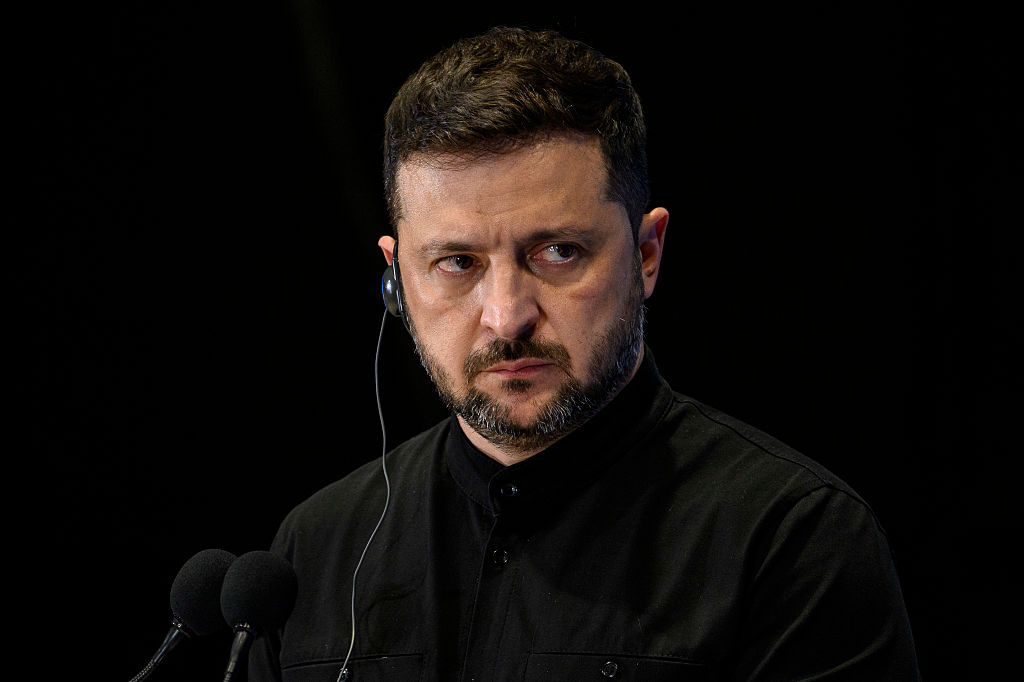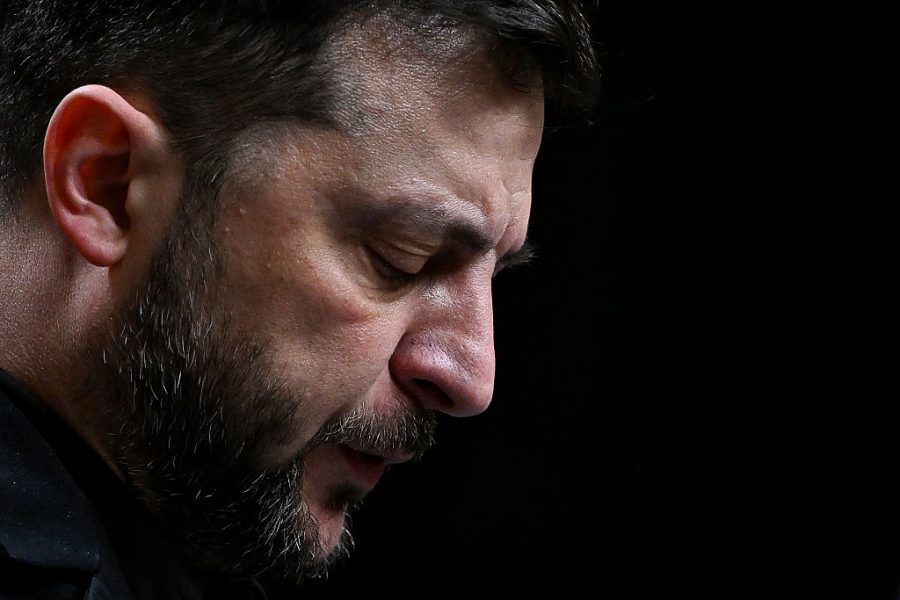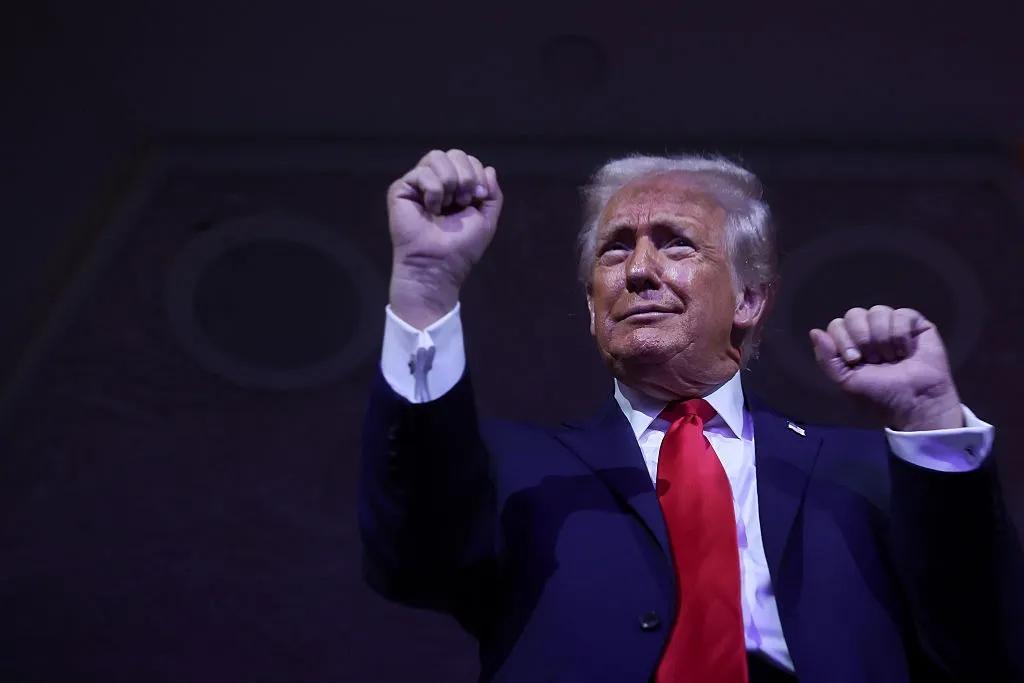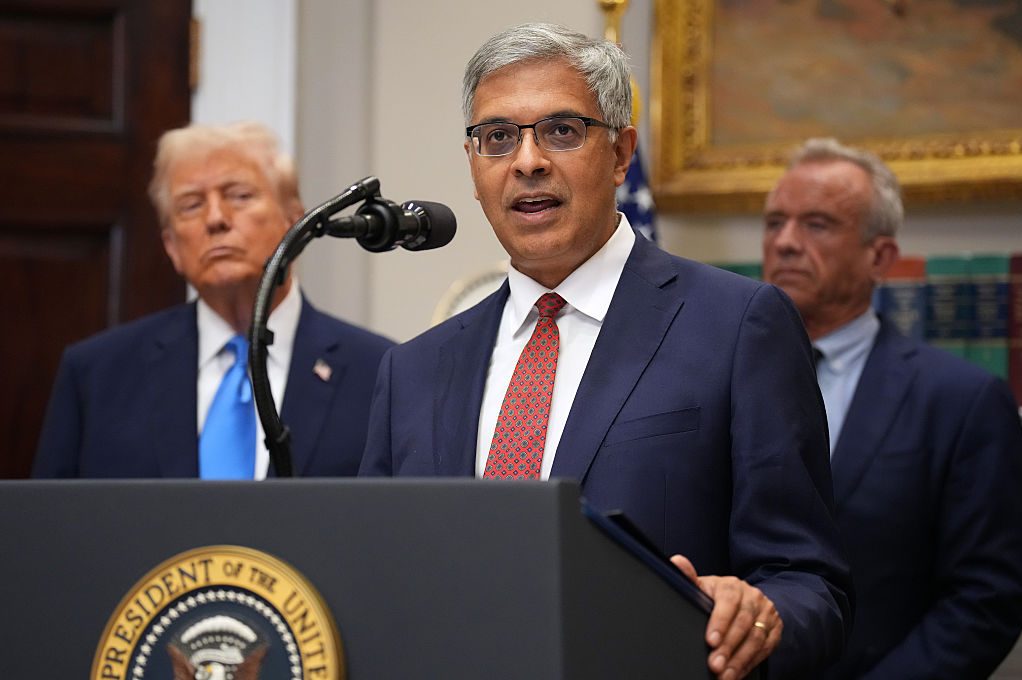With Ukrainian president Volodymyr Zelensky’s political authority already under grave assault in the wake of a major corruption scandal, he now faces a new challenge – this time from his erstwhile ally, the United States. A high-level US delegation led by army secretary Daniel Driscoll is meeting Zelensky in Kyiv today to present the latest version of a peace plan aimed at ending the war.
The contents of the plan have not been officially revealed and so far it has not been publicly endorsed by Donald Trump. But two things are already clear. One is that there’s nothing new in it. And two, there’s nothing good in it for Zelensky.
The latest plan was thrashed out during a series of secret meetings between Kremlin envoy Kirill Dmitriev and his US counterpart Steve Witkoff in Florida earlier this month. The details of the 28-point proposal were leaked yesterday to Axios, apparently by the Russian side, and accidentally confirmed by Witkoff himself who tweeted that the reporter “must have got this from K.” Presumably, Kirill Dmitriev himself.
The plan differs little from previous proposals already rejected by the Ukrainians and is, in essence, a restatement of the maximalist demands with which Vladimir Putin began the war. One clause demands that Ukraine cede the remainder of the Donbas region that Russia has so far failed to occupy, another calls for Kyiv to cut its armed forces by half and reduce or altogether abandon certain types of weaponry, particularly long-range missiles that could hit targets in Russia. Kyiv would also have to agree to reduce or halt Nato military assistance and ban Nato boots on the ground in any form – thus scuppering any chance of a peacekeeping force envisioned by the Franco-British-led “coalition of the willing.” In terms of domestic policy Ukraine would be required to recognize Russian as an official state language – in fact something supported by Zelensky when he was first voted into power in 2019 as a candidate who could reach a compromise with Moscow. The deal also demands that Kyiv grants formal status to the Russian Orthodox church, which the Zelensky government had targeted as an agent of Kremlin influence.
The deal is “exactly what Putin has always demanded – de-Nazification, demilitarization and partition,” says a former senior member of the Zelensky administration who is currently in Kyiv. “What did we fight for, if only to arrive back where we were at the beginning… People will ask, who made us spill our blood?”
The proposals on the table today in Kyiv are, without a doubt, far worse for Ukraine than any of the Minsk accords signed in 2014-15 but rejected by many Ukrainian nationalists. Indeed, when Zelensky came close to doing a deal on the breakaway republics of Donbas in October 2019 and again in 2021-22, an active and aggressive “Resistance to Capitulation Movement” linked to the Security Service of Ukraine threatened Zelensky with a “veterans’ Maidan” if he “capitulated” to Russia.
The terms are also harsher than the draft peace deal discussed in Istanbul in March and April 2022 but abandoned by Ukraine as being too punitive.
Even in the extremely unlikely event that Zelensky were forced into signing away the Ukrainian-held part of the Donbas, the moment he did so Ukraine would become instantly ungovernable. Frontline Ukrainian units who have fought for years to hold the so-called “fortress belt” of cities from Sloviansk to Kramatorsk would likely refuse orders to withdraw. “This [deal] demands that hundreds of thousands of Ukrainians be forcibly evacuated from their homes or handed into Russian captivity,” says the Ukrainian official, who spent two years as a member of Zelensky’s cabinet. “There is no way our forces would abandon these people… and government that signed such a deal would be treated as traitors and overthrown.”
The demand for a pull-back in Donbas makes the Witkoff-Dmitriyev plan, as it stands, politically and militarily impossible to implement. Which raises crucial questions: is Putin deliberately insisting on an unworkable deal because he does not want peace? Or are some parts of his demands, for instance the remainder of Donbas, a negotiating position he is prepared to abandon?
Another question is why the US is pushing for this deal in the full knowledge that neither Zelensky nor any other Ukrainian president could ever agree to it. Acquiescing to the partition along the line of control is already politically painful and perilous enough – but demanding a voluntary withdrawal from lands successfully defended by the blood of thousands of young Ukrainians is a deal-breaker. It’s possible that Trump wants to wash his hands of the whole Ukrainian mess and walk away, blaming Zelensky’s supposed intransigence. It’s also possible this is just another zig-zag in Trump’s diplomatic slalom over Ukraine, sliding back and forth between threats to Zelensky and threats to Putin. It’s not even clear whether Trump or Secretary of State Marco Rubio even fully endorse the latest plan, with their respective spokesmen remaining resolutely tight lipped.
One thing is clear – this is not a proposal that Zelensky can sign. But with the front lines slowly advancing westward, his own political credibility crumbling under allegations of outrageous war profiteering against his closest allies, money running out, and Russian assaults on Ukraine’s energy infrastructure increasing in accuracy and impact, Zelensky is also running out of options.


























Leave a Reply